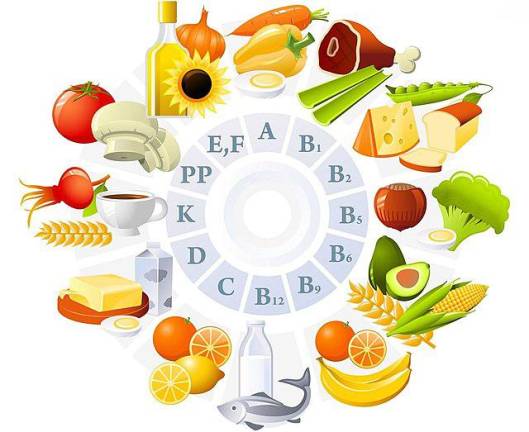K Power Gets New Respect on the Vitamin “Kounting” Chart
Vitamin “K” which, as vitamin number 11, gets left off some vitamin charts that tend to concentrate mainly on A through E. But new breakthrough studies show K power can help to reduce bone mass loss along with its earlier use as an ingredient that can help stop spontaneous bleeding.

When scrolling through the Vitamin alphabet, it’s easy to count to five: A, B, C, D, E. After that, numbers six to ten are nowhere to be found. Vitamin F turned out to be fatty acids; G, H, and J were reclassified as members of the Big B group.
But hit Number 11, and you’re in a true modern hot spot: Vitamin K.
A century ago, when Danish researcher Carl Peter Henrik Dam was working on how the body metabolizes cholesterol, he discovered that chicks fed fat-free feed were likely to bleed spontaneously. Adding the then-known vitamins to their dinner made no difference, so Dam figured the solution must be something new. He found it in an alfalfa extract he named vitamin K for the German “koagulation” (coagulation). A few years later, American biochemist Edward Albert Doisy succeeded in isolating the protective chemical, a feat for which he and Dam were jointly awarded the Nobel prize for medicine in 1943.
Like Vitamin B, Vitamin K is a group of closely related chemicals. Vitamin K1 (phylloquinone) is found in leafy green such as spinach, broccoli, iceberg lettuce plus some vegetable oils and nuts. Vitamin K2 (menaquinone) is found in full-fat dairy products, plus pork, poultry, and fermented foods. Vitamin K3 (menaphtone) , a synthetic form of vitamin K sometimes found in animal feed or pet foods, is not for humans.
What’s making Vitamin K suddenly sexy is its apparent ability to alleviate some problems of older age. First up: Better bones. A 2018 report in the journal Osteoporosis International study found that a daily dose of 180 micrograms (mcg) vitamin K2 reduced bone loss and the risk of fracture in healthy postmenopausal women. Data from the long-running Nurses’ Health Study of more than 72,000 women age 38–63 agreed.
Next, the Cleveland Clinic reports ongoing research suggesting that Vitamin K may reduce the risk of heart disease and high blood pressure by clearing calcium deposits from aging arteries. Last but not least, some think it may inhibit the growth of cancer cells, specifically decreasing the risk of prostate and lung cancer, but that remains to be proven.
How much good does K do? U.S. Department of Agriculture’s (USDA’s) most recent Dietary Guidelines for Americans suggests daily allowances of 90 micrograms for women; 120 micrograms for men; and 75 to 90 micrograms for women who are pregnant or breast-feeding (all newborns are given a Vitamin K shot to prevent spontaneous bleeding).
Meeting the requirements is a cinch for anyone on a healthful diet that includes a ½ cup greens (cooked broccoli=110 mcg; spinach=72.5 mcg), a ½ cup of nuts or beans (roasted cashews=80 mcg; roasted soybeans=43 mcg); or a tablespoon of veggie oil (soybean oil=25 mcg; olive oil=8 mcg).
As with any potent chemical, there are of course, some cautions. Long periods of antibiotics may interfere with your body’s ability to absorb Vitamin K, so check with your doctor about supplements. More to the point, anyone taking an anticoagulant (“blood thinning”) med such as Warfarin which K would counteract should, again, check with their doctor.
Other than that, the possibility of future K paths to good health seems potentially klear.